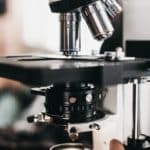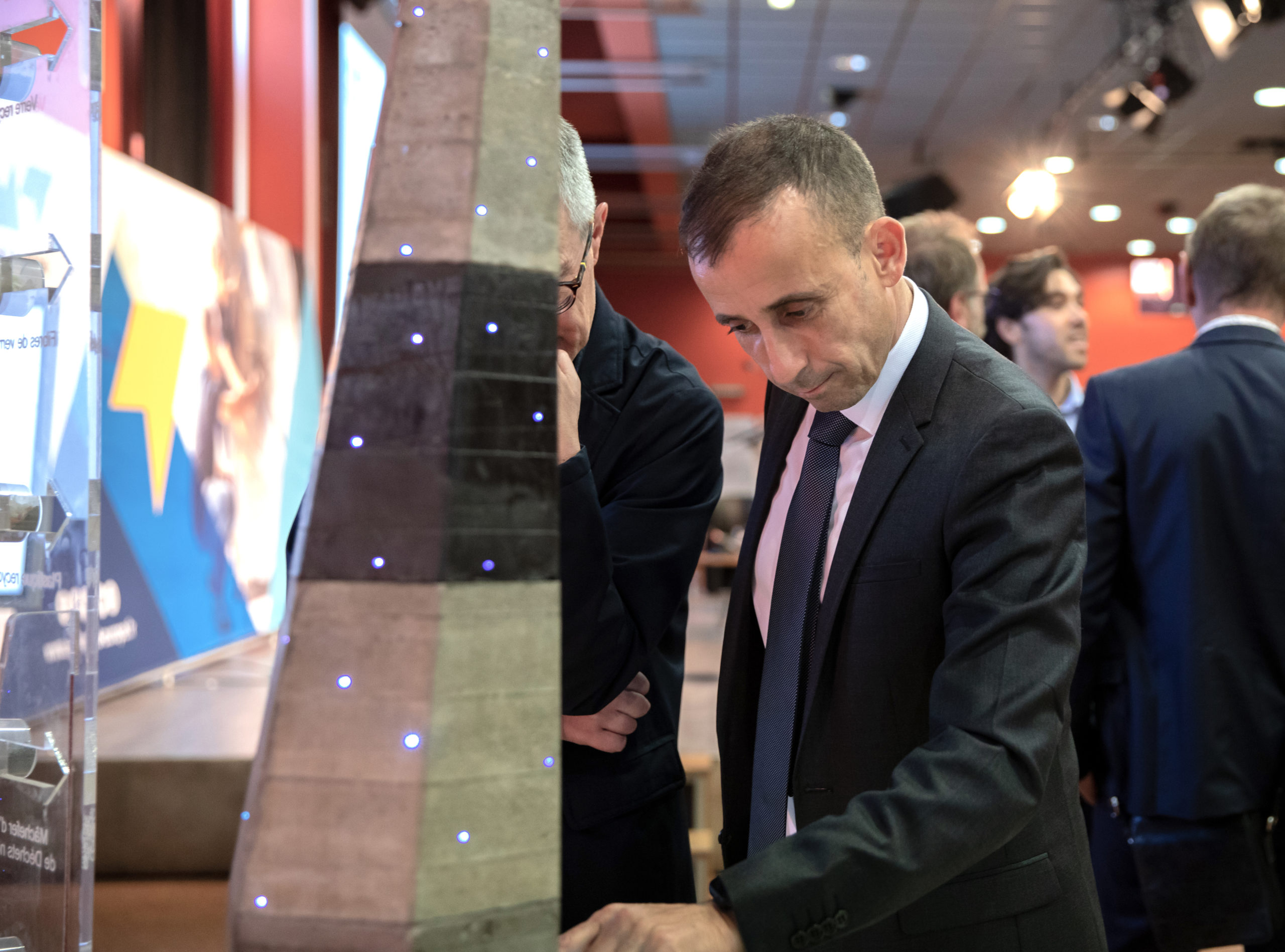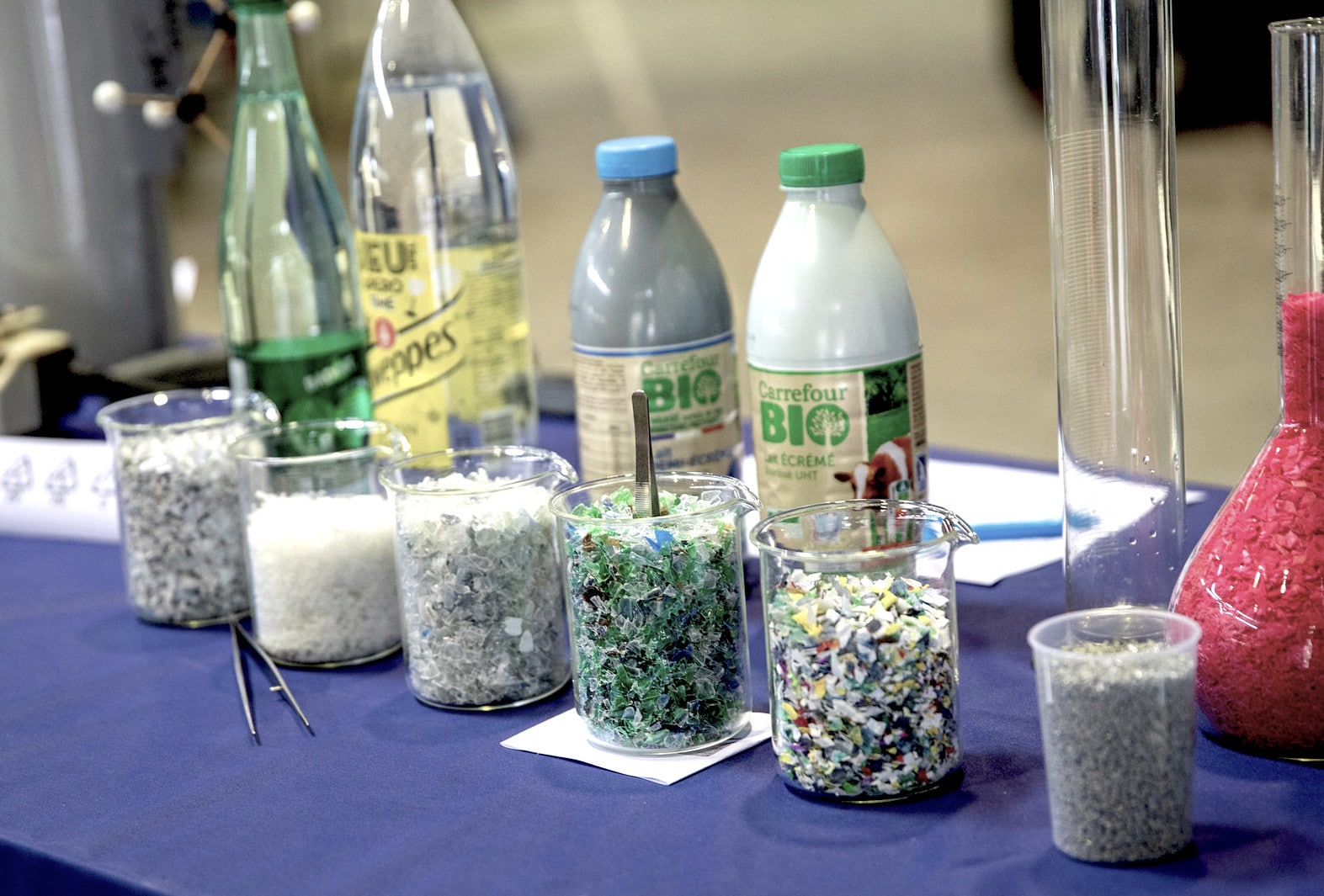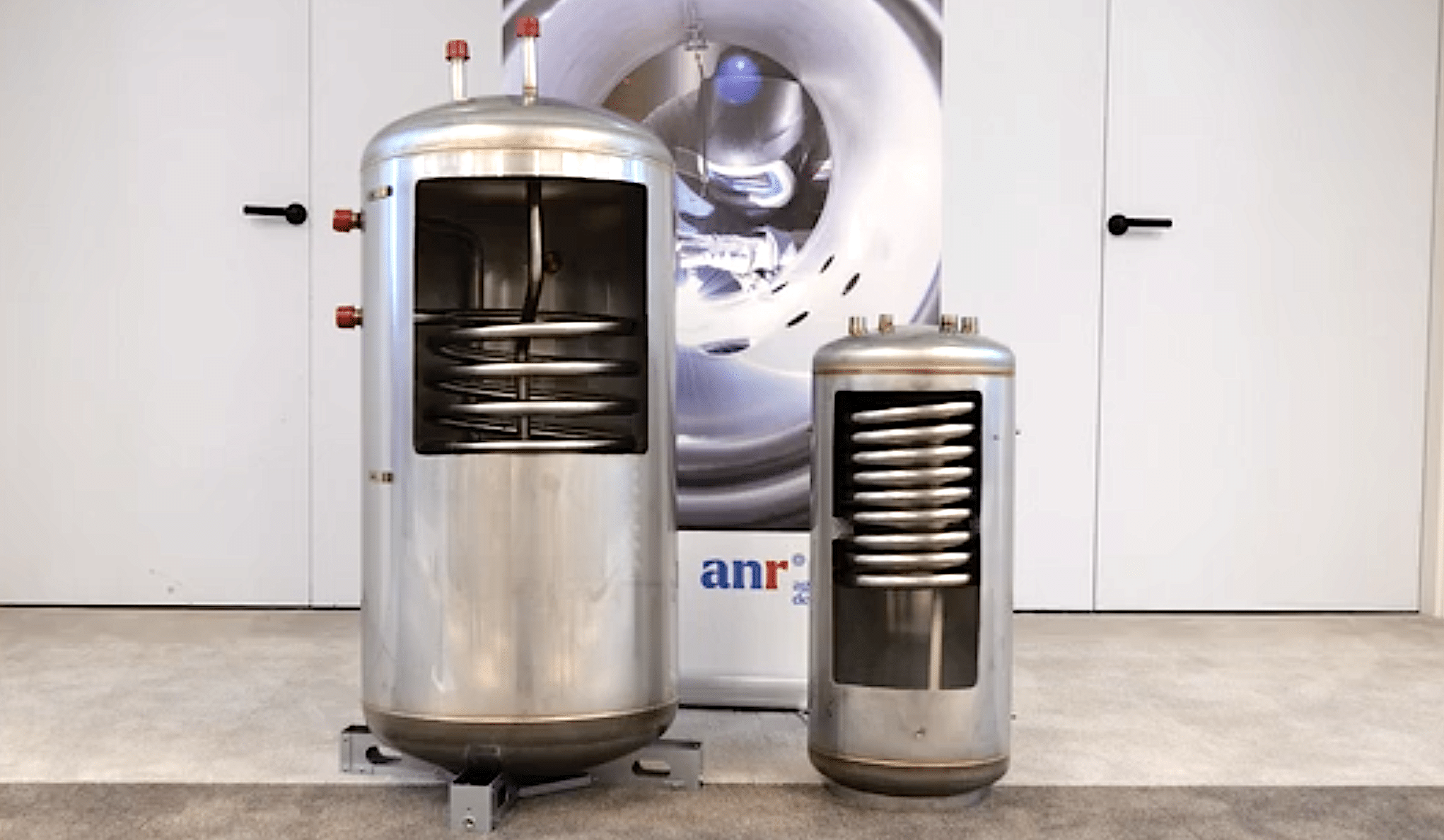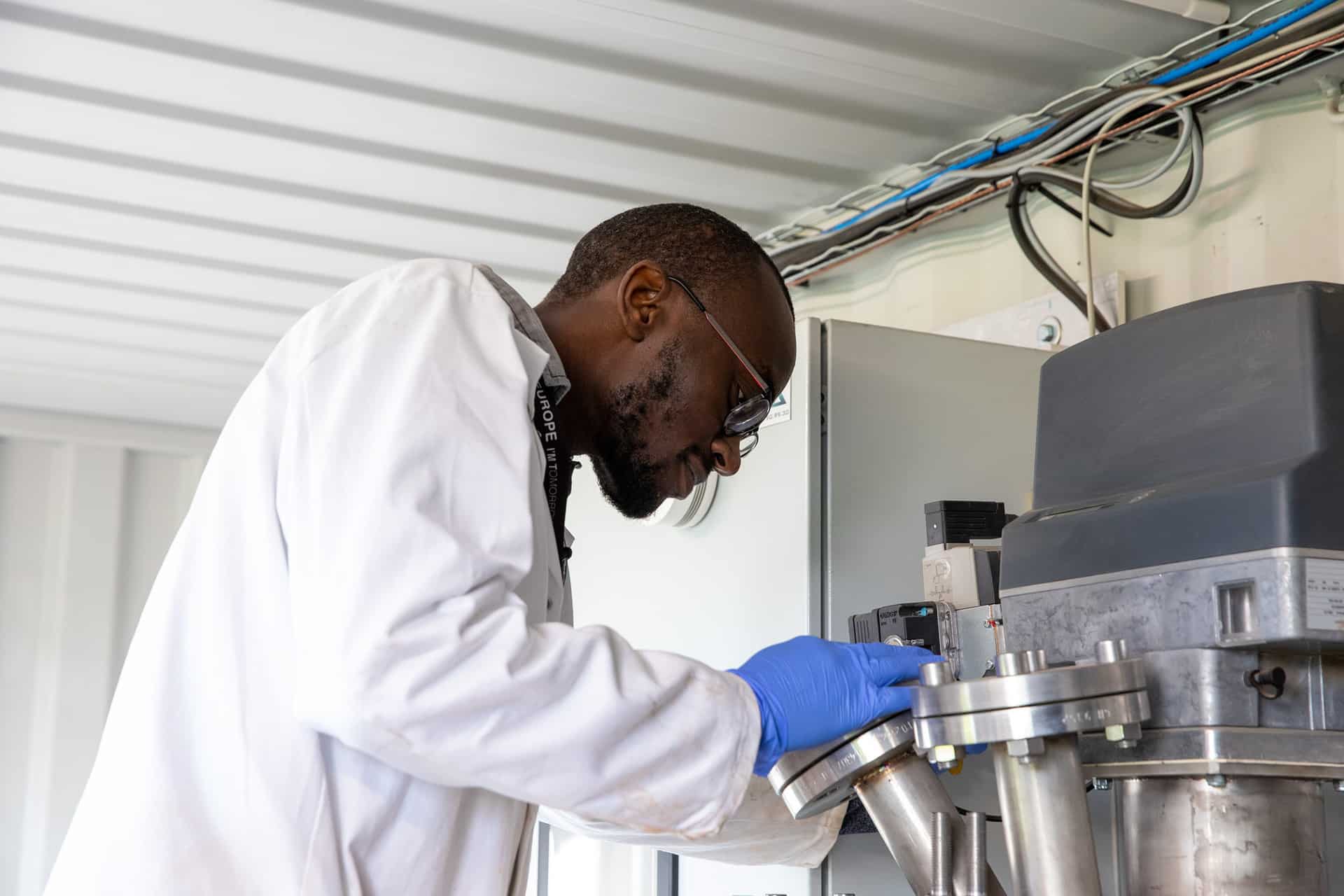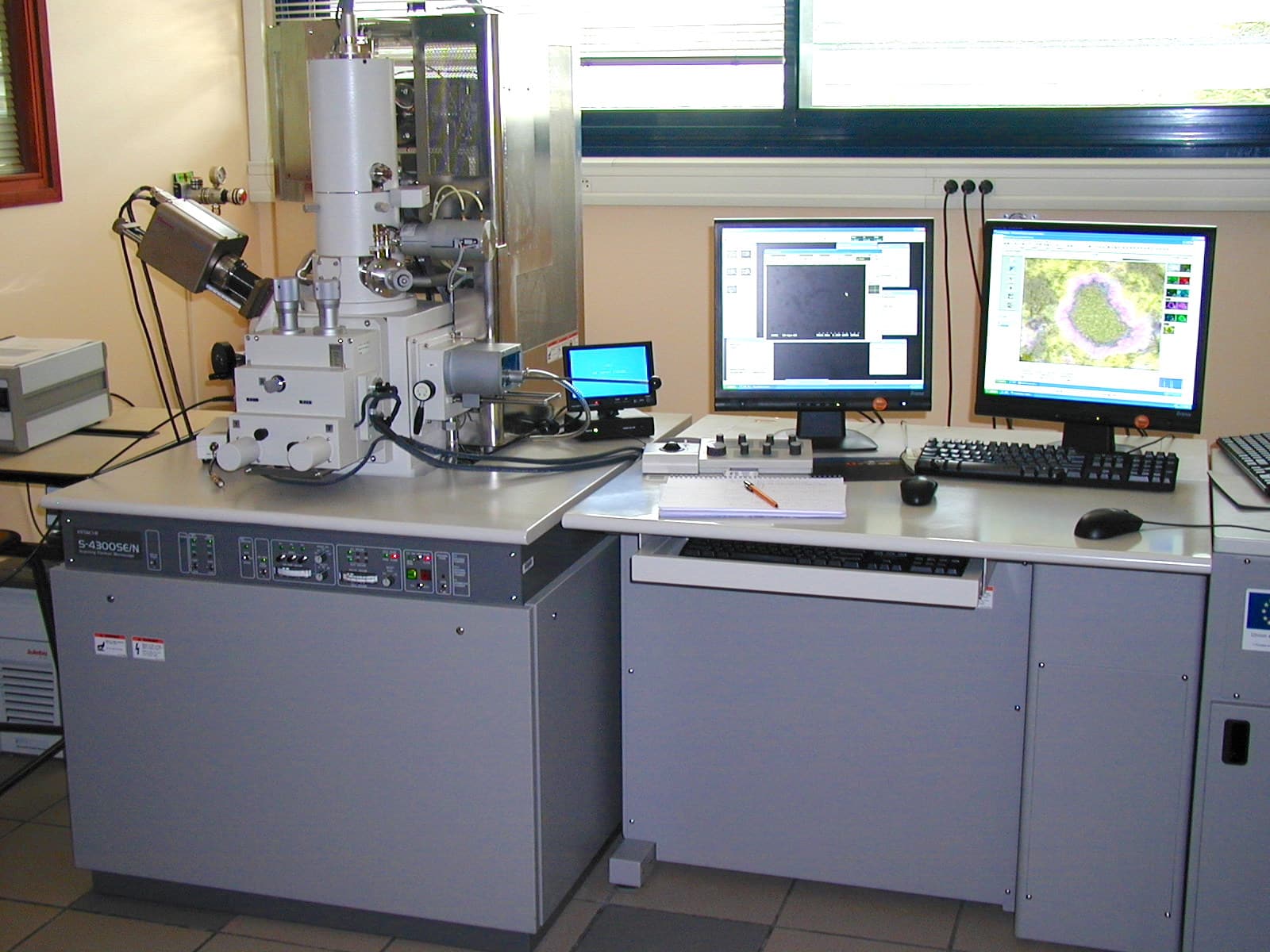
Analytical Tests and Observations (EAO)
Materials & Processes
PROJECTS
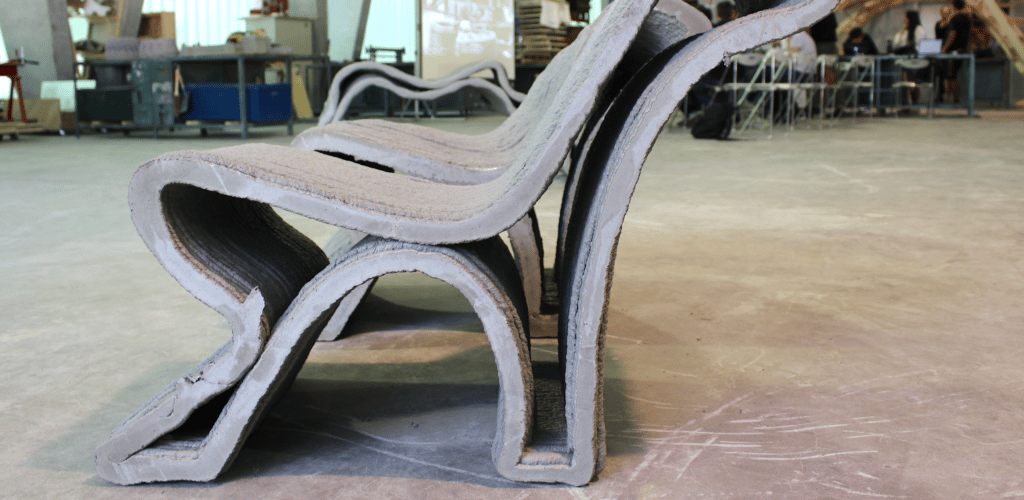
CIRMAP project
CIRMAP project
The CIRMAP project (CIrcular economy via customisable furniture with Recycled MAterials for public Places) is an Interreg North West Europe project with a budget of €7 million running from 2020 to 2023. The objective of this project is to print…
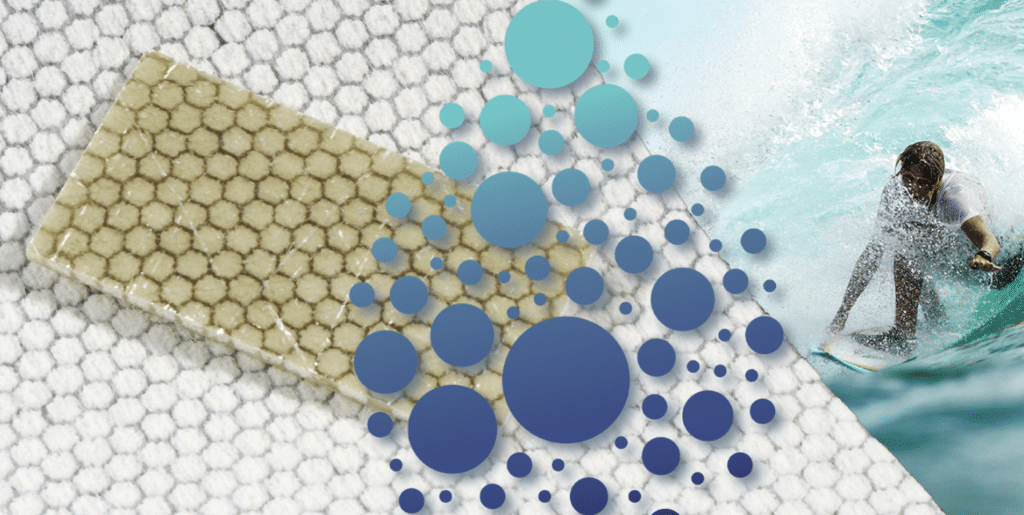
SEABIOCOMP project
SEABIOCOMP project
The SEABIOCOMP project aims to develop new 100% bio-based composite materials in order to reduce carbon footprints, particularly for industrial applications in marine environments. For this project we have developed bio-based polymer non-woven preforms (e.g., PLA) and flax fibres, ready…
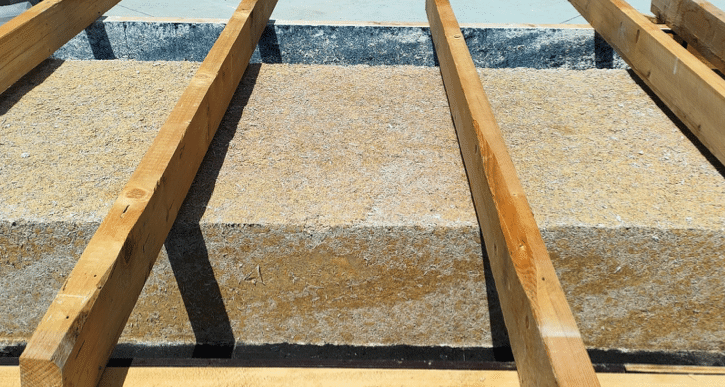
AGROMUR
AGROMUR
AGROMUR project, creation of prefabricated frontage panels made from agri-resources The AGROMUR project consists of the creation of prefabricated frontage panels made from agri-resources. The material developed is mainly comprised of flax shives and a low carbon-emission mineral binder. For…
Want to learn more about
"Analytical Tests and Observations (EAO)" ?
Our teams at the IMT Nord Europe research centres are here to help
CONTACT US